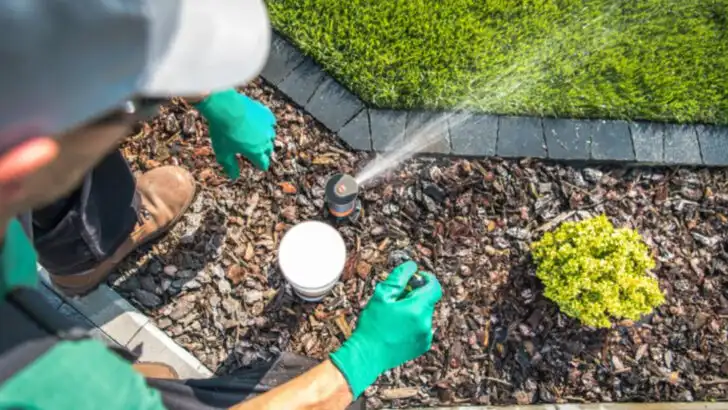Watering your garden should feel like a smart investment, not a guessing game. Yet, many well-meaning gardeners unknowingly waste water through small, avoidable habits—hurting both their plants and the planet. In a time of rising temperatures and unpredictable rain, learning how to water wisely is no longer optional—it’s essential.
In this article, we’ll uncover 17 common garden mistakes that waste water, from midday watering and poor soil prep to overwatering potted plants and ignoring mulch. More importantly, you’ll learn simple, expert-approved fixes that help your garden thrive on less—without sacrificing growth, color, or harvest.
At Plantisima, we believe a lush garden doesn’t have to come with waste. Whether you’re growing flowers, veggies, or houseplants on a patio, these tips will help you save water, cut down your utility bill, and feel good about every drop you use.
Overwatering
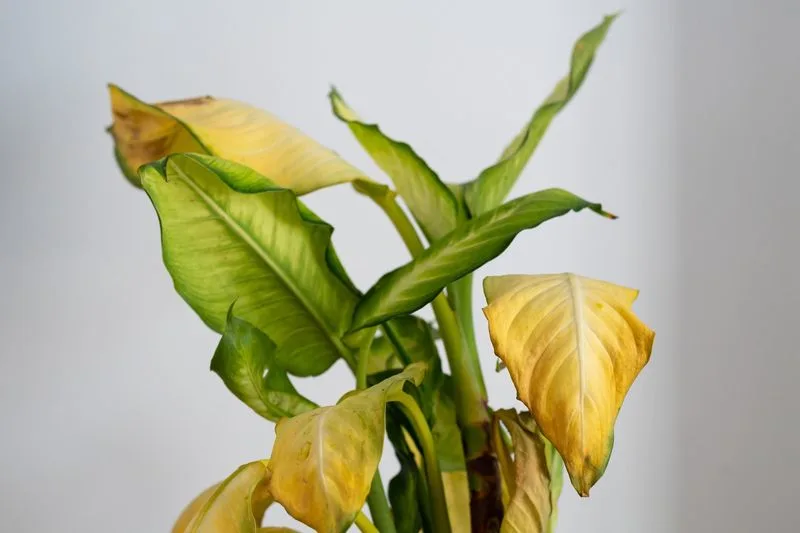
Many gardeners believe that more water equals healthier plants, but this isn’t true. Waterlogged soil can suffocate roots, leading to plant stress and diseases. Checking soil moisture before watering is crucial. Stick a finger into the soil about an inch deep; if it feels damp, hold off on watering. Use a moisture meter for added accuracy. Opt for a drip irrigation system to provide steady, controlled water supply directly to the roots. This method reduces evaporation and ensures plants get just what they need. Remember, different plants have different water needs; tailor your approach accordingly.
Watering During Peak Sunlight Hours
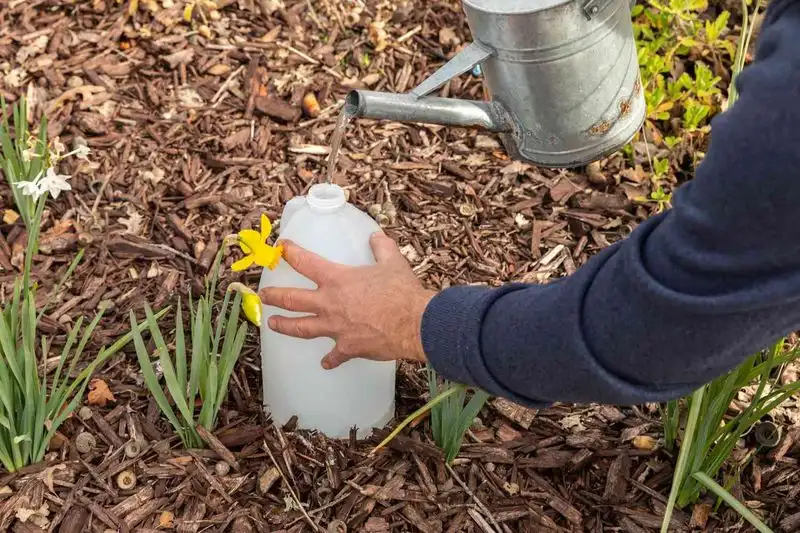
Watering in the heat of the day is a common mistake that wastes water. The sun’s rays cause rapid evaporation, leaving less moisture for your plants. Instead, aim to water early in the morning or late in the evening. This allows water to soak in deeply, reaching the roots where it’s needed. Cooler temperatures also mean less stress on your plants. Consider using soaker hoses or drip systems to minimize evaporation further. By adjusting your watering schedule, you not only conserve water but also promote healthier, more resilient plants.
Ignoring Soil Type
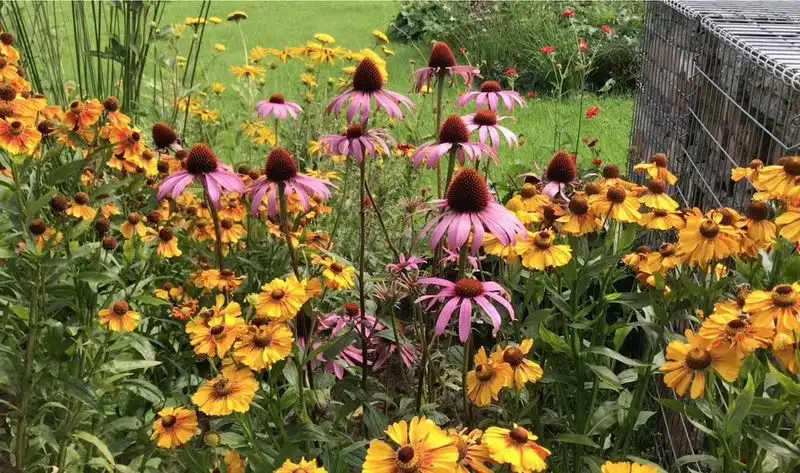
Not all soils are created equal, and ignoring soil type can lead to water wastage. Sandy soils drain quickly, while clay soils retain water. Understanding your soil type helps determine how often and how much to water. Conduct a simple jar test to analyze soil composition. Amending soil with organic matter can improve its water retention or drainage capabilities. Mulching is another effective strategy, reducing surface runoff and keeping soil moist for longer. Tailoring your watering strategy to your soil’s needs ensures efficient water use and healthier plants.
Using High-Pressure Hoses
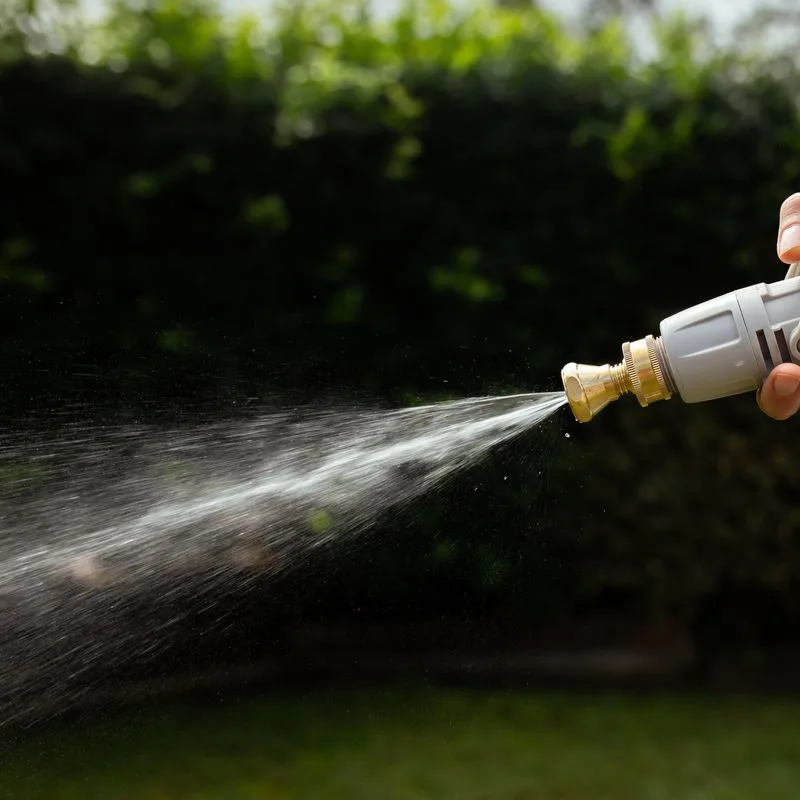
High-pressure hoses may seem efficient, but they often do more harm than good. The force of the water can compact soil and damage delicate plant structures. Opt for a watering wand or nozzle with adjustable settings to control the flow. This ensures water is delivered gently, preventing soil erosion and reducing runoff. Slow, steady watering allows moisture to penetrate deep into the soil, fostering strong root development. By choosing the right tools, you not only save water but also protect your garden’s integrity.
Neglecting Mulching
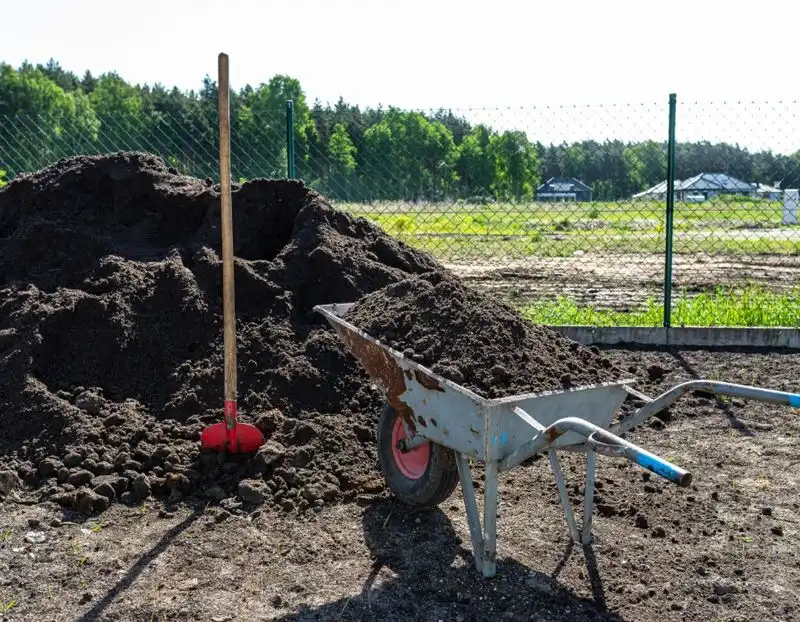
Bare soil is a fast track to water loss. Without mulch, soil moisture quickly evaporates, leaving plants thirsty. Mulching helps retain moisture by creating a protective barrier over the soil. Organic options like straw, wood chips, or compost also enhance soil fertility as they decompose. Mulch reduces temperature fluctuations, suppresses weeds, and improves soil structure. Apply a 2-3 inch layer around plants, ensuring it doesn’t touch stems or trunks. With proper mulching, your garden will require less frequent watering, conserving water while supporting plant health.
Failing to Group Plants by Water Needs
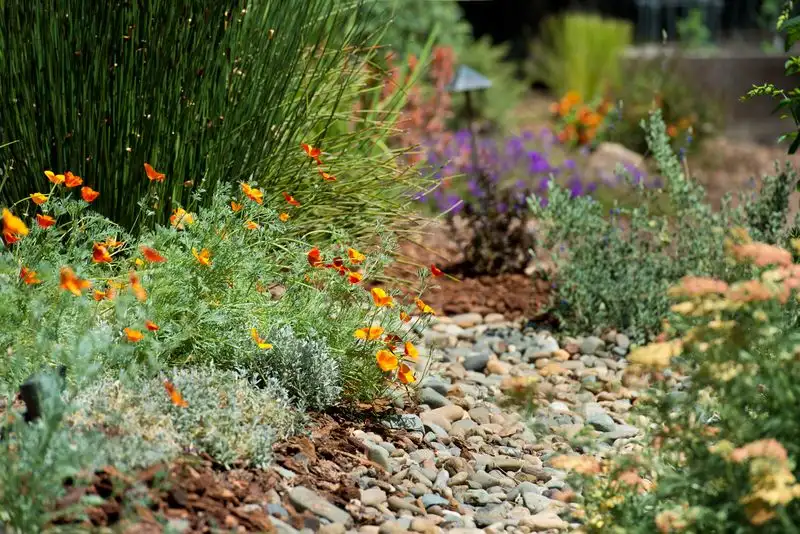
Grouping plants with similar water needs is a smart way to conserve water. By arranging plants according to their moisture requirements, you can tailor watering practices effectively. Xeriscaping principles can guide you here, promoting water-efficient landscaping. Drought-tolerant plants, for example, should be placed together, reducing water use. Observe how plants respond to watering and adjust groupings if necessary. This thoughtful arrangement not only saves water but also creates a harmonious and thriving garden environment.
Using Lawn Sprinklers Inefficiently
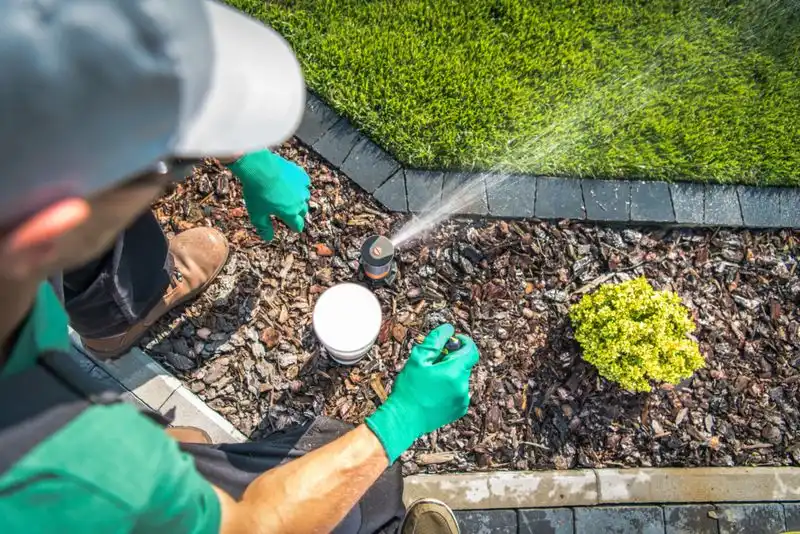
Lawn sprinklers are often misused, wasting significant amounts of water. Sprinklers should deliver water evenly across your lawn, avoiding overwatering or leaving dry patches. Adjust sprinkler heads to cover desired areas only, preventing water from hitting driveways or sidewalks. Invest in a smart irrigation system that adapts to weather conditions and soil moisture levels. This reduces waste by watering only when necessary. Regular maintenance ensures your system works efficiently, saving water and promoting a lush, green lawn.
Overlooking Rainwater Harvesting
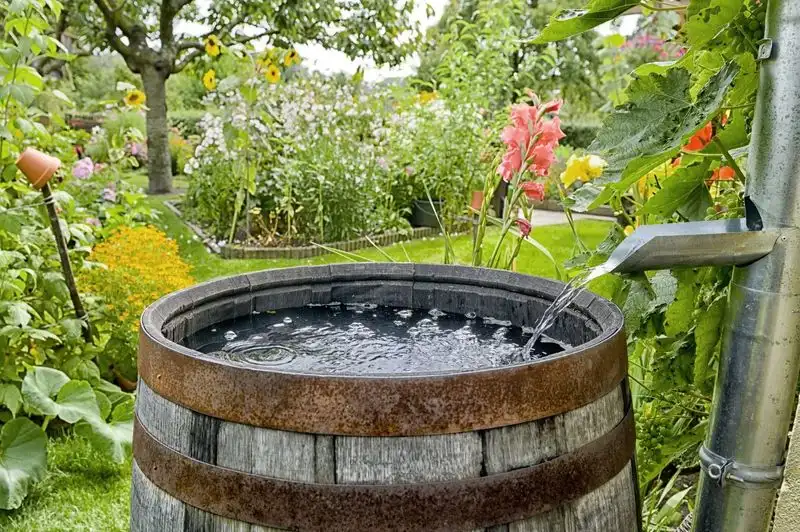
Rainwater is a free and sustainable resource that too many gardeners overlook. Installing rain barrels under downspouts is an excellent way to collect and store rainwater for dry spells. This reduces the need to rely on municipal water supplies, conserving a valuable resource. Use collected rainwater for watering plants, washing tools, or even cleaning garden furniture. Integrating this practice into your garden routine not only saves water but also connects you to the natural water cycle in a meaningful way.
Planting Water-Intensive Turfgrasses
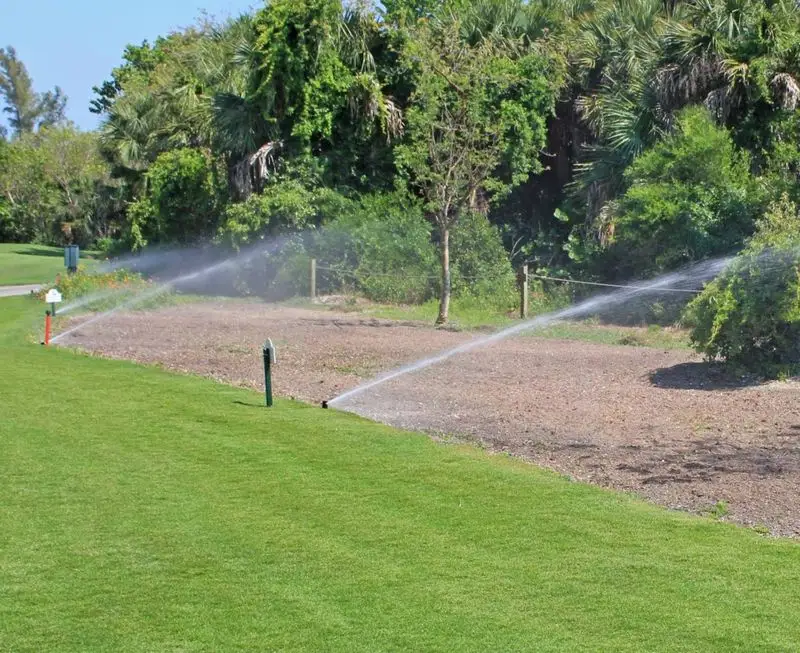
Turfgrasses like Kentucky bluegrass are beautiful but notoriously thirsty. Switching to drought-resistant varieties or native grasses can drastically reduce water usage. These alternatives often require less maintenance while thriving in local climates. For a more creative solution, consider ground covers or ornamental grasses. These options provide aesthetic appeal with minimal water needs. By choosing the right grass, you not only save water but also create a garden that aligns with sustainable practices.
Forgetting to Adjust Watering with Seasons
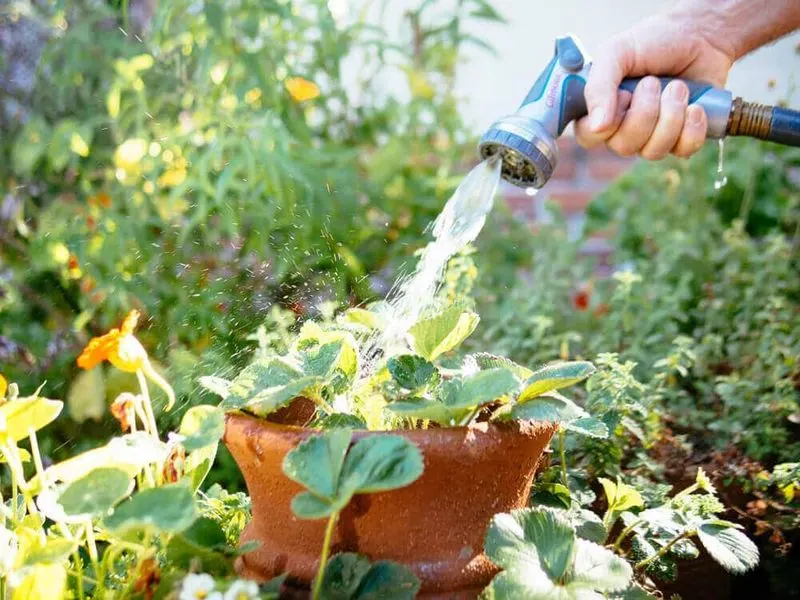
Neglecting seasonal changes is a surefire way to waste water. As seasons shift, so do your garden’s water requirements. Plants generally need more water during growth periods and less during dormancy or cooler months. Adjusting your watering schedule according to the season minimizes waste. Consider using a smart irrigation controller that automatically adjusts based on weather forecasts and seasonal patterns. This ensures your garden receives optimal hydration year-round without any excess.
Neglecting to Fix Leaks
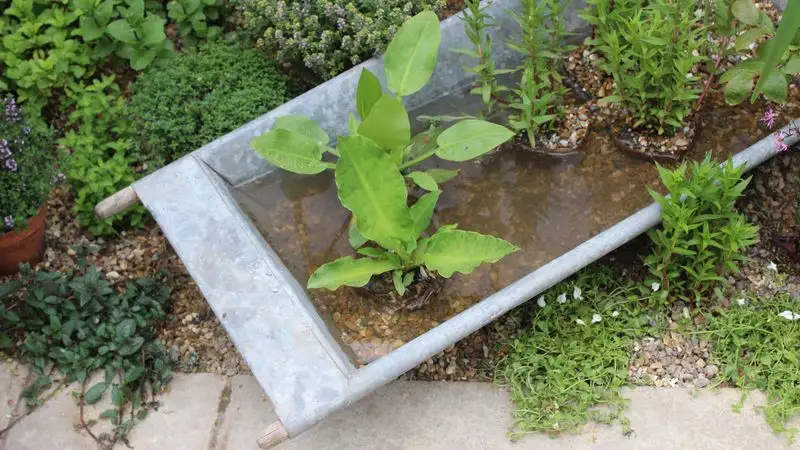
Leaky hoses and irrigation systems can lead to significant water loss over time. Routine checks for leaks and timely repairs are essential. Replace worn-out washers, tighten connections, and inspect for cracks. A drip here or there may not seem like much, but over weeks and months, it adds up. Addressing leaks not only conserves water but also reduces your utility bills and prevents potential damage to your garden. Keeping your watering tools in good shape ensures efficient water use.
Ignoring Plant Maturity and Size
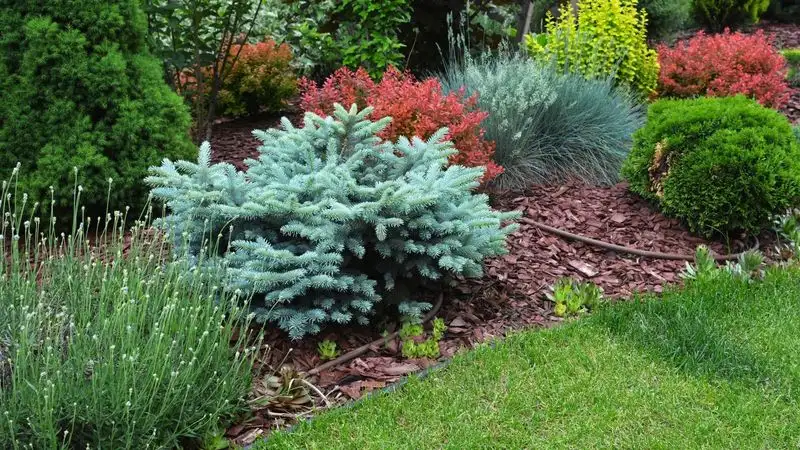
Plants at different stages of growth have varying water needs. Failing to account for plant maturity can lead to over or under-watering. Young plants require frequent but light watering, while mature plants need deeper, less frequent watering. Tailoring your watering strategy to plant size and maturity not only conserves water but also fosters healthy growth. Monitor plant development and adjust your approach accordingly. This mindful practice ensures each plant receives the right amount of hydration as it grows.
Not Using Greywater Systems
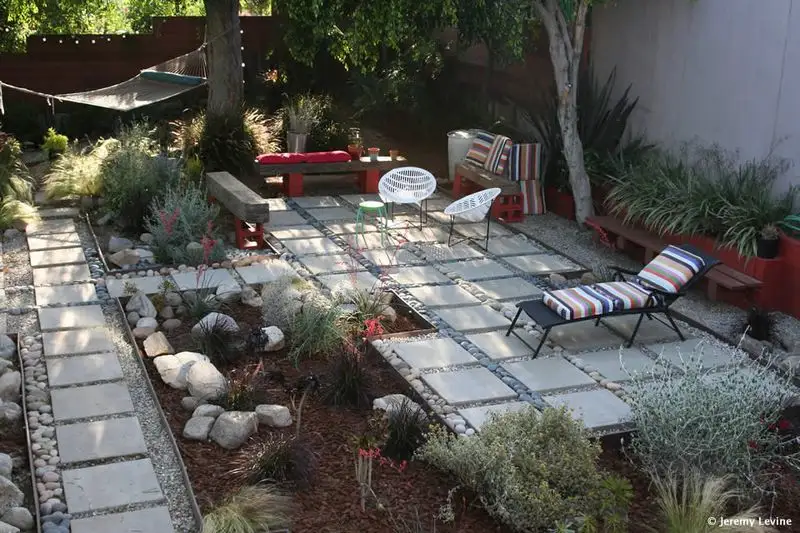
Greywater systems recycle household wastewater for garden use, but they remain underutilized. This method conserves water and reduces reliance on fresh water supplies. Systems can be simple or complex, depending on your needs and local regulations. Greywater is suitable for ornamental plants but avoid using it on edible crops. Installation may require professional guidance, but the benefits are substantial. Embracing greywater systems contributes to a sustainable lifestyle and resource conservation.
Relying on Automatic Timers without Monitoring
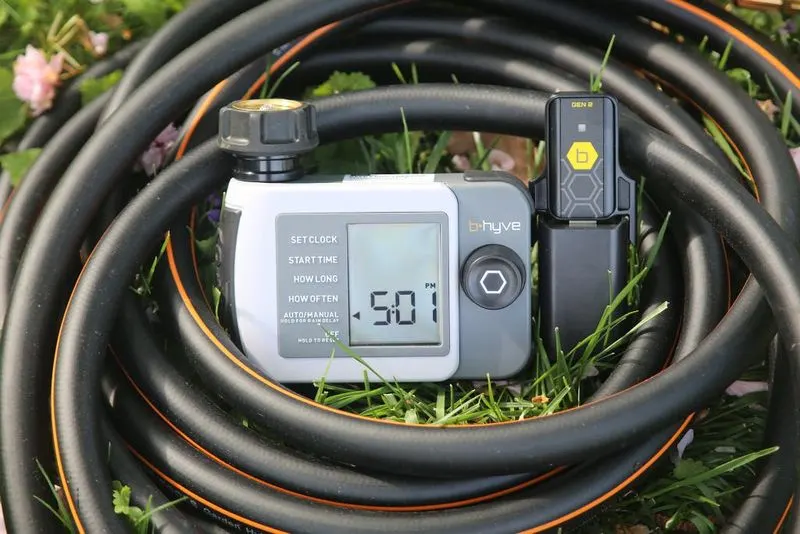
Automatic timers offer convenience but can waste water if not monitored. Weather changes, plant needs, and soil conditions vary, making rigid schedules inefficient. Regularly review and adjust timer settings based on real-time observations. Incorporating a rain sensor or smart controller can further optimize watering, preventing unnecessary use during rainy periods. By actively managing automatic systems, you maintain a water-wise garden without sacrificing convenience.
Not Considering Evapotranspiration Rates
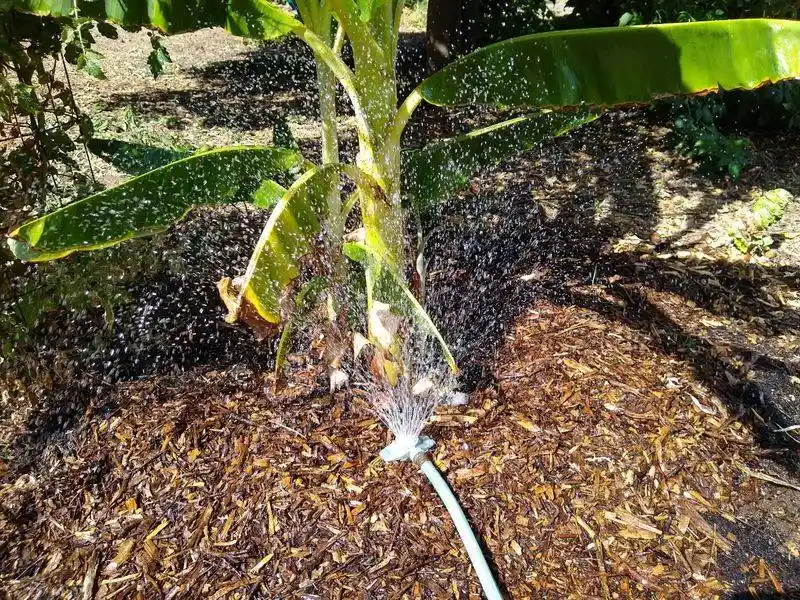
Understanding evapotranspiration (ET) rates is key to efficient watering. ET measures water loss from both soil evaporation and plant transpiration. Factors like temperature, humidity, and wind affect these rates. By incorporating ET data into your watering schedule, you provide the right amount of water without excess. Smart irrigation systems can adjust for ET, optimizing water use. This approach not only conserves water but also ensures plants receive the hydration they need for proper growth.
Overlooking Windy Conditions
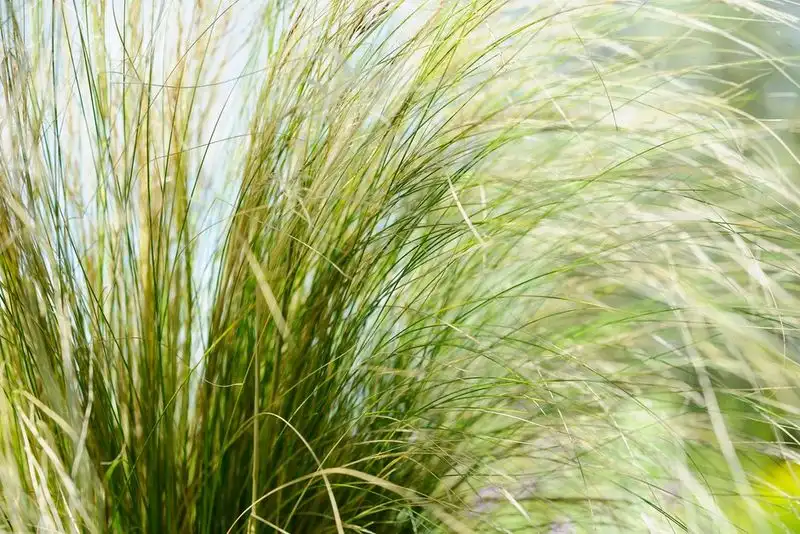
Watering on windy days can lead to significant evaporation and drift. The wind carries water away from plants, resulting in wasted resources. To counter this, choose calm days for irrigation, ensuring water reaches its destination. Windbreaks, like hedges or fences, can also help reduce wind impact on your garden. By being mindful of weather conditions, you preserve water and support plant health. This simple adjustment can make a big difference in your garden’s water efficiency.
Neglecting Regular Soil Testing
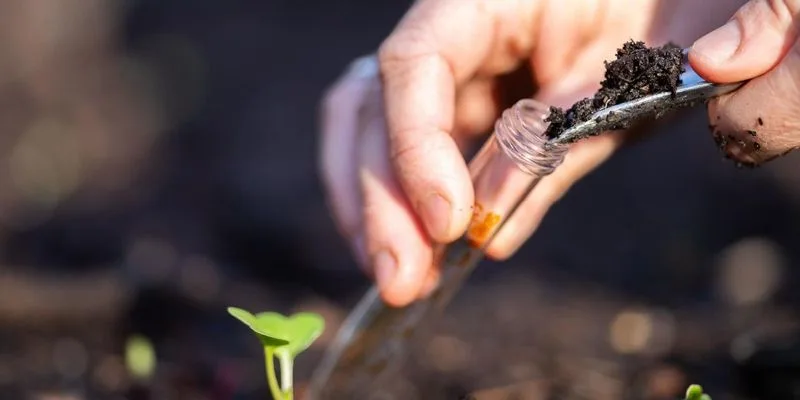
Regular soil testing may seem tedious, but it provides vital information about nutrient and moisture levels. Knowing your soil’s condition allows for precise watering and fertilization. Testing helps identify deficiencies, pH imbalances, and drainage issues. Adjusting your watering based on test results ensures plants receive optimal care without overuse of resources. By investing in soil tests, you enhance water efficiency and promote a thriving garden environment.

